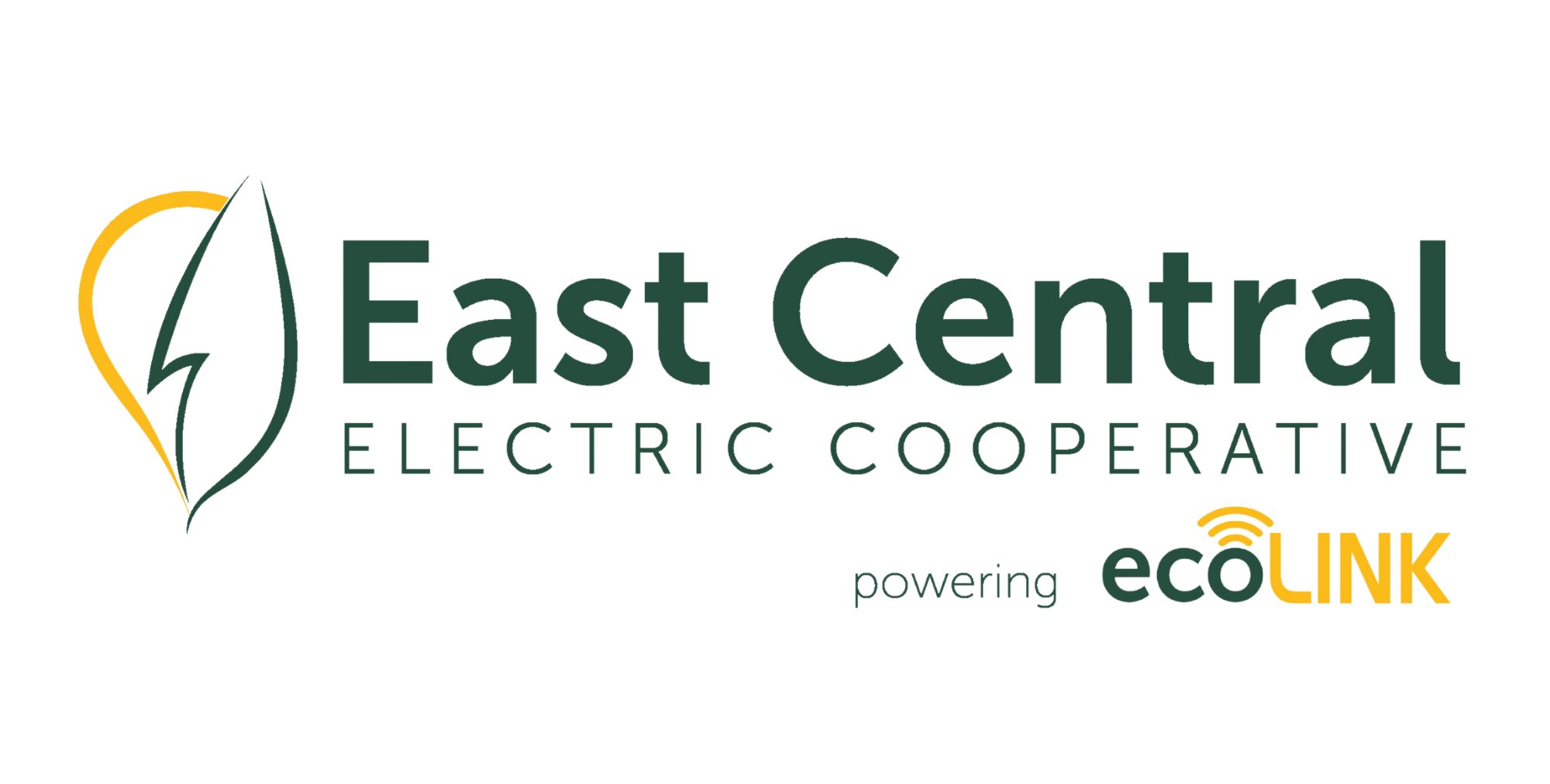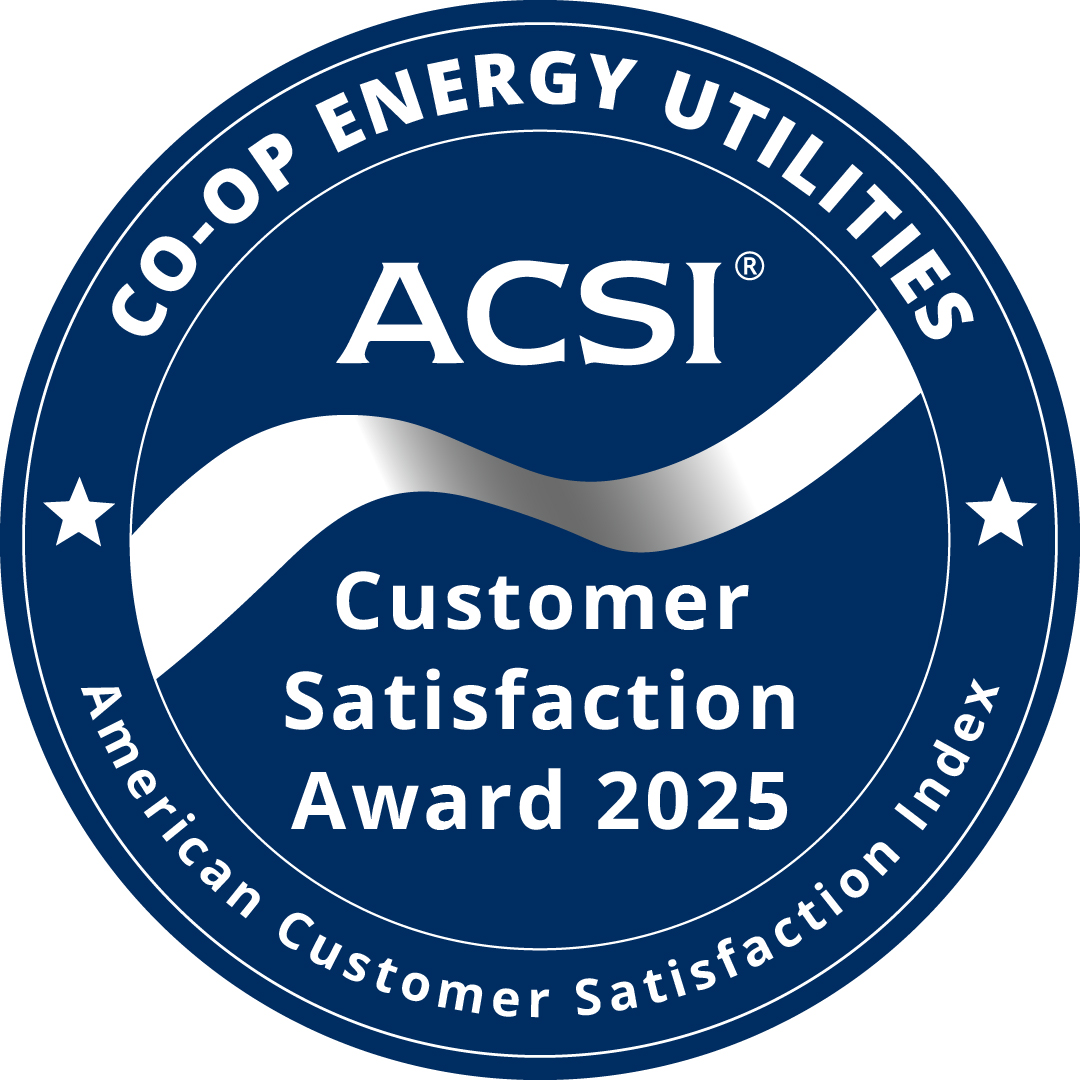Considering solar panels at your home?
Solar panels at your home will be connected to the electric grid. That means you draw power from ECE at night, and when your panels can't make as much energy as you need at any given time. You also send power to the grid when your panels produce more than you need.
When the power goes out, most home solar installations are designed to shut down in order to stop them from backfeeding power into the lines. This ensures that the panels don't feed electricity into the lines while lineworkers are working on them.
Why don't solar panels work in a blackout?
Most homeowners with solar, have what is called a "grid-tied" solar system, which means the panels are connected to an inverter.
The inverter is connected to the main AC panel in the house and to a special smart meter that records both energy you use from ECE and energy sent to the grid by your solar panels. Grid-tied solar systems work without any battery backup equipment.
When your solar system produces excess energy, you're sending it out to your neighbors and getting credit for it, but when the sun goes down, you still need power. In the event of an outage, a typical grid-tied system has a special automatic shut-off in order to prevent that extra energy from being sent over possibly-damaged power lines. This is a safety feature intended to protect lineworkers.
But, that also means your house doesn't get the solar power either. In an outage situation, the power from your solar panels goes nowhere - unless you have a way to store the electricity (with a battery) or otherwise cutting the system off from the grid.
How can I use solar power during a power outage?
-
Use a backup gas generator
-
Add solar batteries to your system
-
Use a solar-powered generator
-
Replace your inverter with a special solar inverter designed to automatically disconnect from the grid in the event of an outage, while still providing power to the home from your solar panels.

